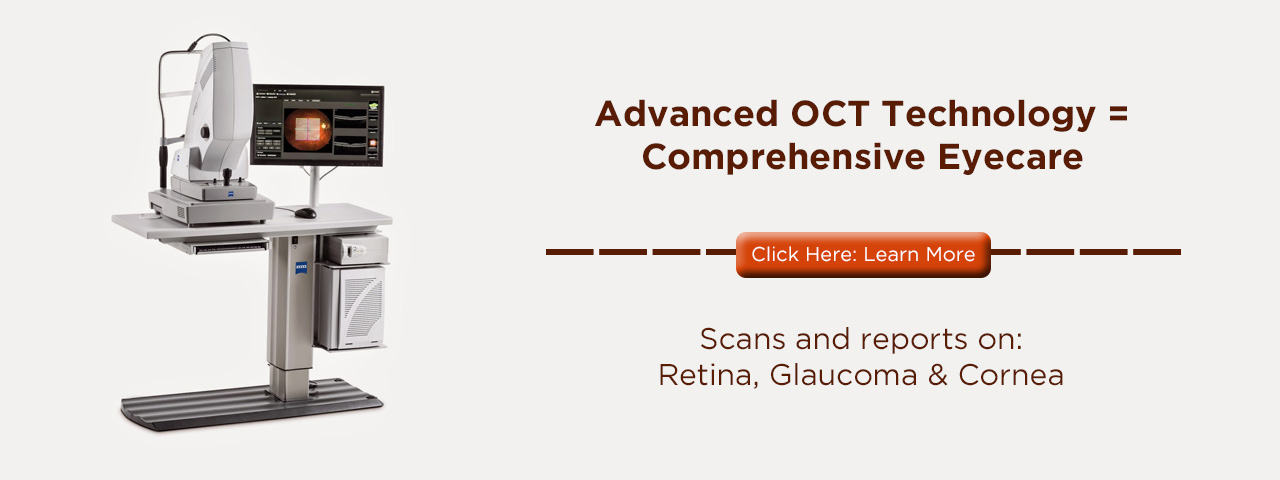Metal foreign bodies in the cornea:
We frequently see patients with small pieces of metal lodged in their cornea. Very often these are people who work as machinists, welders, or mechanics. The epithelium, or outer layer of the cornea, is soft and metal fragments easily become stuck within the cornea. There is usually immediate pain when the foreign body gets into the cornea. The foreign body begins to rust and the pain slightly decreases because the outer surface of the metal fragment becomes less jagged and sharp. The pain worsens the next day as the entire eye becomes red and inflamed. Eventually, a severe inflammation called uveitis may develop and this complicates the treatment.
 We anesthetize the cornea with eye drops and then remove the foreign body using a small tool and a high-powered biomicroscope to allow for easy visualization. If the metal fragment has been in the cornea for much more than one day, the rusting increases and permeates deeper into the cornea. We must remove this rust or the eye will not heal properly. We use a low-intensity spinning burr to remove this rust, and this, unfortunately, leaves a corneal scar and lengthens the healing time.
We anesthetize the cornea with eye drops and then remove the foreign body using a small tool and a high-powered biomicroscope to allow for easy visualization. If the metal fragment has been in the cornea for much more than one day, the rusting increases and permeates deeper into the cornea. We must remove this rust or the eye will not heal properly. We use a low-intensity spinning burr to remove this rust, and this, unfortunately, leaves a corneal scar and lengthens the healing time.
The important point I am trying to make is the sooner we get to remove the metal, the less chance there is of complications and the quicker the healing process. It is much better when we see these patients the same day they get the foreign body into their eye. We have an emergency phone number listed on our answering machine. We will see established patients in the evening or on the weekends who have these types of problems. We would much prefer to fix this problem on a Saturday then deal with a more painful and serious problem on Monday morning!

